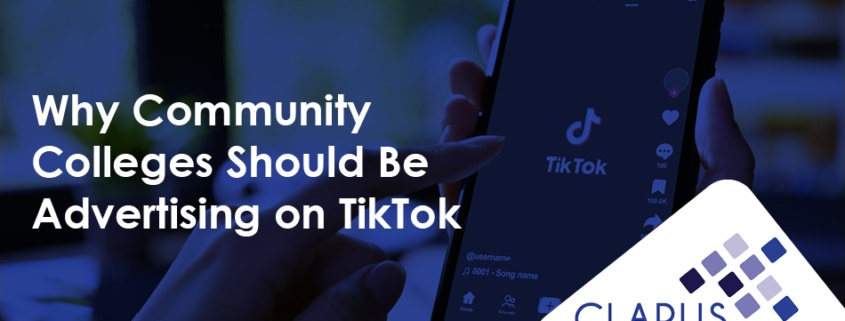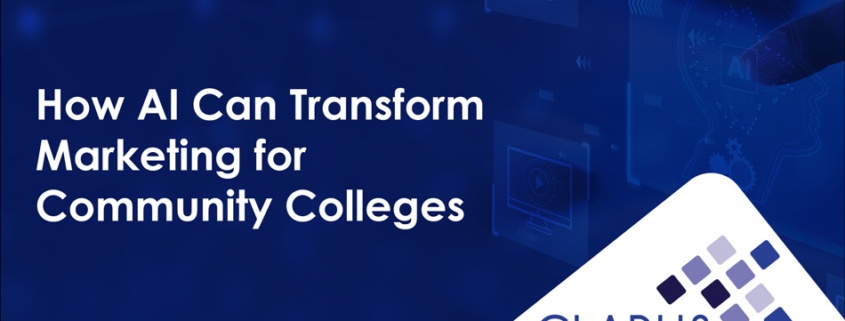Across the country, colleges face a common challenge—and an even greater opportunity. According to the Some College, No Credential 2025 Report from the National Student Clearinghouse, 43.1 million Americans have “stopped out” of college, meaning they left before completing a credential. Of those, 37.6 million are working-age adults under 65. They represent one of the most promising, yet often overlooked, growth segments for community and technical colleges.
The report makes the case plain: the Some College, No Credential (SCNC) population is growing in every state. But so are the opportunities to re-engage them, with the right strategies tailored to adult learners.
With the right insights and approach, community colleges like yours can translate this research into meaningful, measurable enrollment growth.
H2: The Data Behind the Opportunity
The SCNC population isn’t static. It’s expanding—and fast. According to the report:
SCNC individuals under 65 grew by 2.2% last year, reaching 37.6 million.
Every state saw increases in this population.
Re-enrollment is rising. More than 1 million SCNC learners re-enrolled in 2023–24, a 7% increase.
Community colleges are both the largest source of stopouts and the leading destination for returning students.
Two standout groups within this population offer the highest return on re-engagement efforts:
Potential Completers: 2.7 million students with two years of full-time enrollment in the last decade. They are three times more likely to re-enroll and earn a credential.
Recent Stopouts: 2.1 million who left college just four to five terms ago. They’re far more likely to return than long-term stopouts.
This is actionable intelligence. The question is: How are you putting it to work?
H2: Five Strategies for Meaningful Re-Engagement
Reaching Some College, No Credential learners requires more than broad outreach—it requires a nuanced understanding of who they are, what motivates them, and the barriers they face. Institutions that succeed in re-engaging this population begin with data-informed strategies rooted in empathy and relevance.
H3: 1. Align Messaging with Student Realities
Effective communication begins with segmentation—not just by demographics or geography, but by educational history, intent, and readiness. SCNC learners need messaging that affirms their past progress, clearly outlines the value of returning, and addresses practical concerns like time, cost, and flexibility. Communications that are transparent and outcome-oriented are more likely to rebuild trust and prompt action. Explore these foundational elements and additional community college marketing strategies.
H3: 2. Meet Learners on Their Terms
The National Student Clearinghouse report confirms that the vast majority of SCNC learners—86%—prefer email when exploring program options. Institutions should be prepared to deliver timely, personalized communications via this channel and to monitor website engagement as an early indicator of interest. Those who visit key pages may not submit a form, but their behavior offers insight—and opportunity—for timely outreach.
H3: 3. Prioritize with Purpose
Not all stopouts have the same likelihood of returning. Institutions that layer predictive analytics on top of demographic and behavioral data can better understand which learners are most likely to re-enroll—and when. This allows colleges to prioritize outreach and resources in ways that align with both institutional goals and student momentum.
H3: 4. Evolve Your Digital Strategy
As more learners rely on digital-first pathways to explore educational options, it’s vital to ensure that content is discoverable, relevant, and responsive to evolving behaviors, including conversational search and generative tools. A cohesive digital strategy—across search, social, and display—enables institutions to stay visible and relevant at every step of the decision journey.
H3: 5. Rebuild Trust Through Brand and Storytelling
The SCNC population includes individuals who may feel disconnected from higher education. Institutions have an opportunity—and a responsibility—to reintroduce themselves in a way that feels authentic. Telling stories of flexibility, recognition of prior learning, and tangible career outcomes can help re-establish confidence. This is where a college’s brand personality becomes essential. For deeper insight into defining and activating a brand that truly connects, explore Carnegie’s Power of Personality: Building a Higher Ed Brand that Connects Series.
H2: Real Results, Real Impact
Consider our partnership with Anoka Technical College, which produced:
A 13% increase in full-time enrollment
A 50% increase in non-degree-seeking student enrollment
These results were achieved during a time when many institutions were working just to maintain enrollment. With an average student age of 27.7, Anoka Tech’s success demonstrates what’s possible when outreach strategies are aligned with the needs and realities of working-age adults.
H2: It’s Time to Re-Engage, Rebuild, and Reclaim SCNC Students
The Some College, No Credential report doesn’t just describe a trend. It provides a roadmap. Carnegie brings the tools, insight, and proven results to help institutions act with confidence.
Community colleges are uniquely positioned to lead in adult re-engagement. With the right strategy and partners, this moment can become a powerful turning point for students, for institutions, and for the communities they serve.
Want to explore how your college can act on these findings? Reach out and start a conversation.










